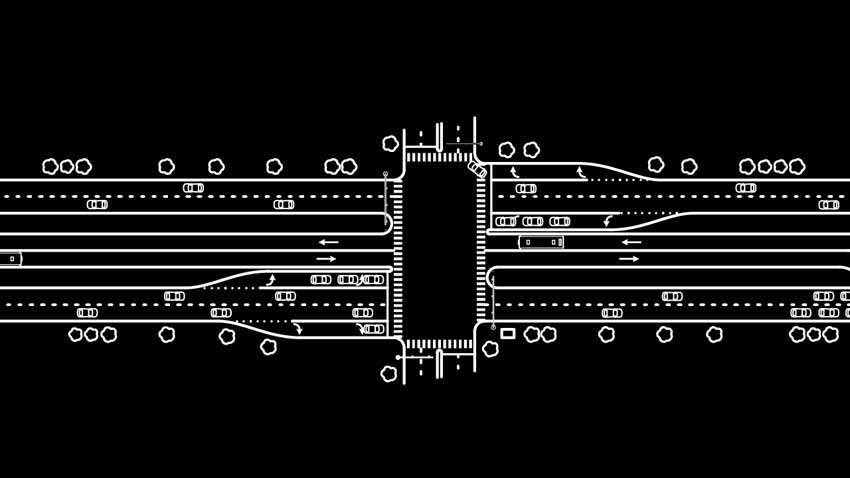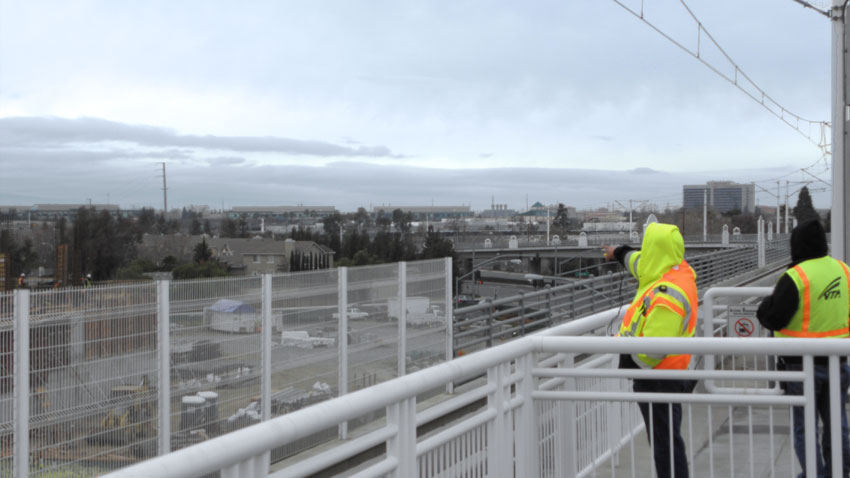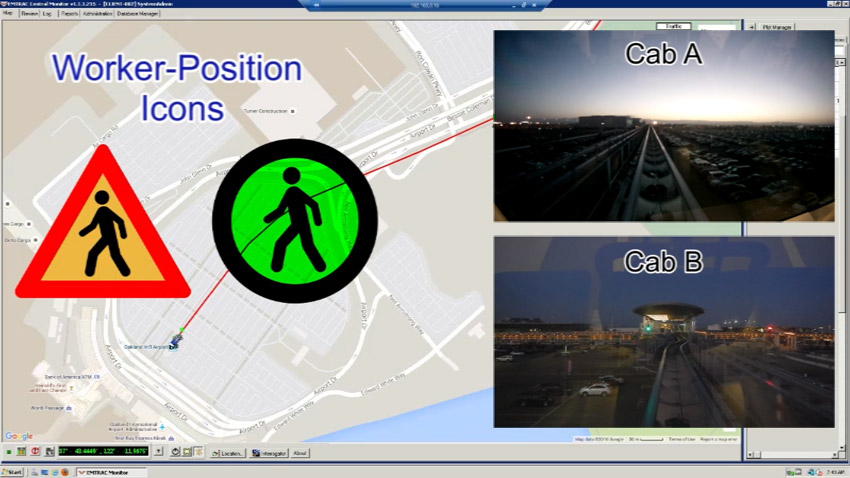The EMTRAC system utilizes precise GNSS technology and secure wireless communication to provide reliable, safe, and efficient signal priority. The EMTRAC system has led the way for over 30 years—and it continues to lead the way with intelligent cloud-based centralized control.
The EMTRAC system is an intelligent system with both smart vehicles and intersections. It may be installed as a fully functioning cloud-based signal-management system, or it may be integrated with existing cloud systems to supplement conditional inputs.
Info Sheet
EMTRAC Cloud-Based Signal Management (PDF)
Centralized Management
In most cases, cloud technology is utilized to allow for centralized control of traffic signals and vehicle signal priority.
The traditional method for handling Transit Signal Priority (TSP) has been though a distributed system, where the decision to grant signal priority is handled at each individual intersection. A common concern with non-EMTRAC distributed systems is they’re unable to handle all the various data inputs that should influence whether signal priority is granted or denied.
Centralized control through a cloud-based system enables traffic and transit agencies to evaluate any number of factors to ensure signal priority is granted when needed—and only when needed.
The end result being effective and efficient signaling, allowing for reliable transit headway.
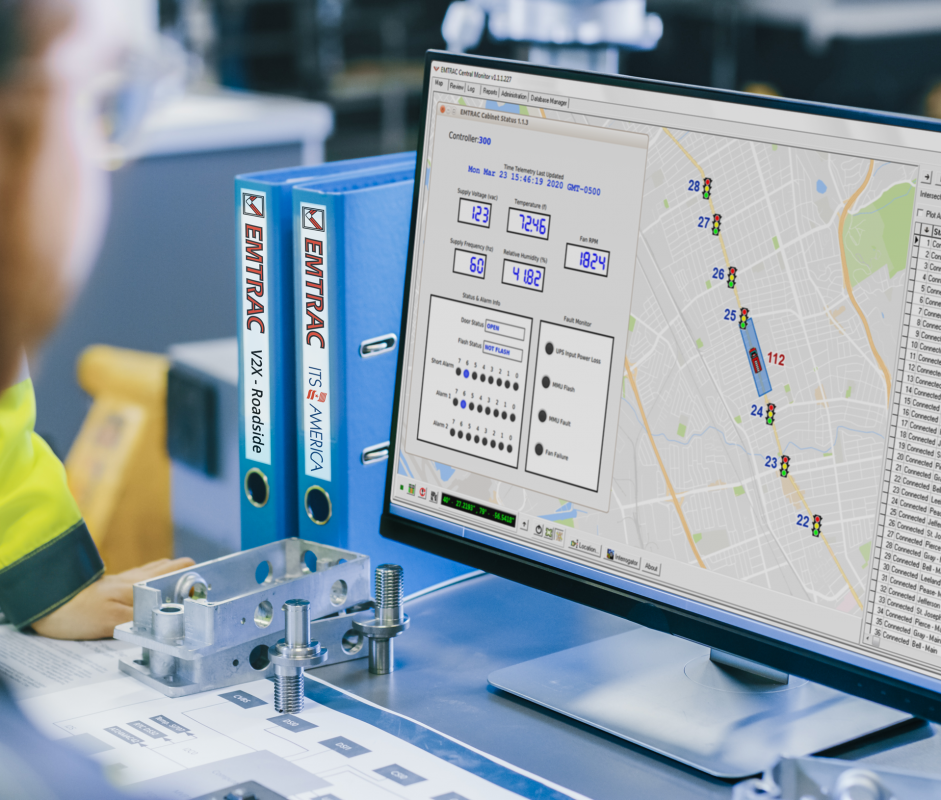
EMTRAC Cloud-Based Architecture
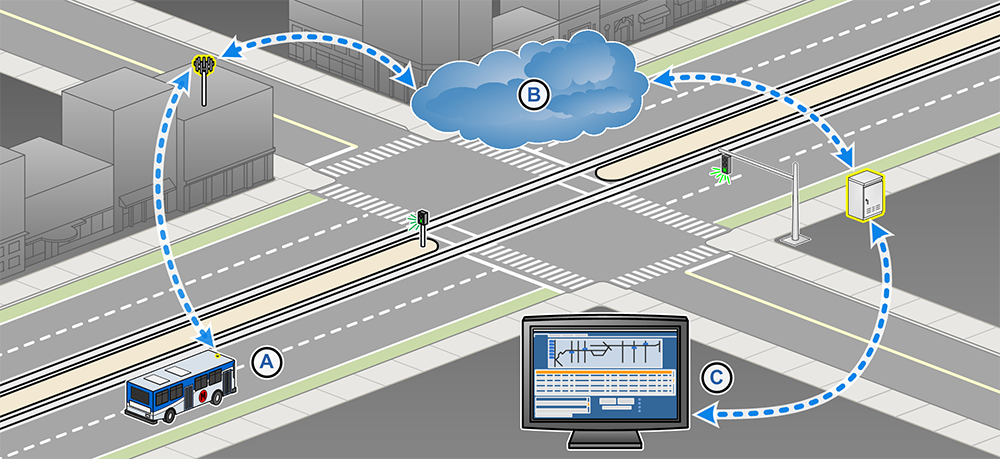
EMTRAC Cloud Advantages
Data Analytics: Recognize performance trends and identify needed improvements through detailed graphical activity displays.
Flexible Integration: The EMTRAC system may be installed as a full priority-management system, or it can be installed as a hybrid system integrated with third-party services.
Experience: Most importantly, EMTRAC system capabilities are proven every day in cities across the globe.
Video
EMTRAC System video demonstrations of EMTRAC System capabilities, including Emergency Vehicle Preemption (EVP), Transit Signal Priority (TSP), transit rail safety, vehicle detection, and signal management.

